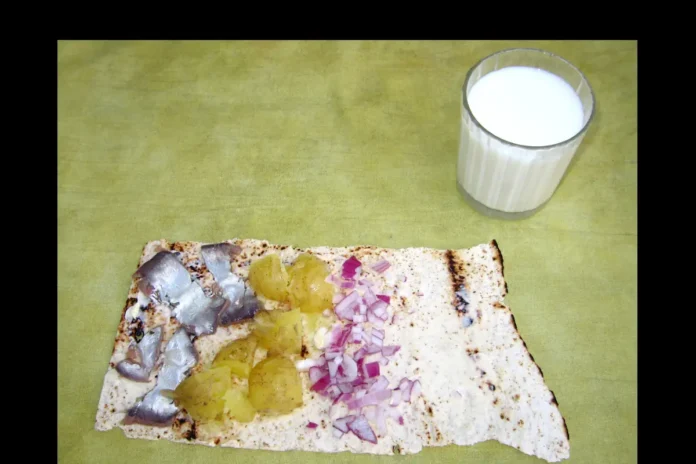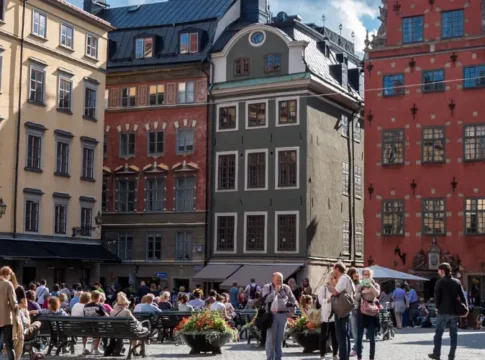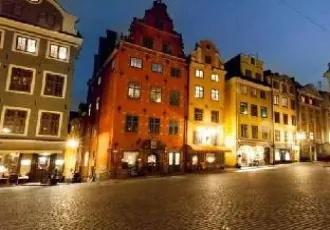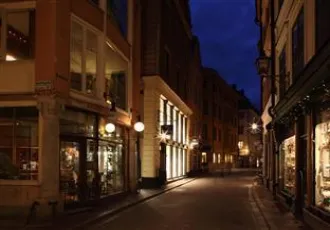A northern Swedish heritage
Surströmming, or fermented Baltic herring, is one of Sweden’s most traditional—and most misunderstood—foods. Its roots trace back to the 16th century, when salting and fermenting were practical methods for preserving fish in northern coastal communities like those around the Gulf of Bothnia.
The process involves lightly salting fresh herring and allowing it to ferment in barrels, then tinning it before it reaches its pungent peak. The result? A strong aroma that might surprise visitors—but for many Swedes, it’s a beloved symbol of northern resilience and identity.
A seasonal ritual
Surströmming is not an everyday food. It’s typically eaten at surströmmingsskiva—a late-summer feast held outdoors with friends, singing, and plenty of thin tunnbröd, potatoes, sour cream, red onions, and snaps. The setting is key: open air helps temper the aroma and enhance the communal spirit.
How it’s served
The fish is carefully opened—often outdoors—then filleted and layered in tunnbröd with potatoes and accompaniments. It’s not just about the taste; it’s about tradition, family, and connection to Sweden’s coastal past.
🕒 When: Late August and early autumn, especially during surströmmingsskiva (fermented herring feasts).
🌿 How:
- Open the can outdoors—its aroma is famously potent.
- Rinse the fillets if preferred.
- Wrap in tunnbröd with:
- Boiled potatoes (almond variety is traditional)
- Red onions
- Sour cream or crème fraîche
- Add dill or chives if desired.
- Enjoy with cold beer or a shot of snaps.
🎉 Pro Tip: It’s more than a meal—it’s a festive ritual. Singing, toasts, and good company are part of the tradition.
Where to experience it
For a cultural introduction without diving into a full feast, Skansen offers seasonal food events where you can learn about surströmming’s history and role in Swedish heritage. Here, the focus is on storytelling and context—not just scent.






 Fermented Herring
Fermented Herring Surströmming
Surströmming



